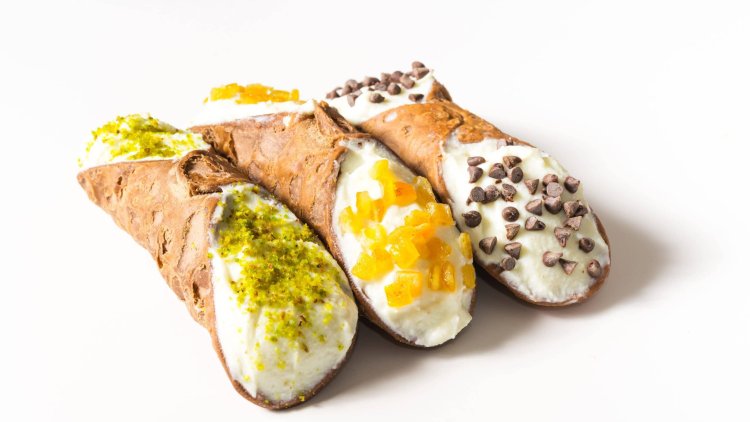Cannoli - the history of Sicily in a cake
It is almost impossible to resist this crunchy cake in the shape of a tube filled with fresh ricotta. A trip to Sicily without canola is like breakfast in Paris without croissants.

It is almost impossible to resist this crunchy cake in the shape of a tube filled with fresh ricotta. A trip to Sicily without canola is like breakfast in Paris without croissants, or a weekend in Germany without sausages, sweet cabbage, and mashed potatoes.
Officially in Sicily, they are called cannoli siciliani, and hardly one is enough, although since their size varies from 9 to 20 centimeters, it could be. It always starts with one and often ends with the whole plate. Although they are made everywhere today, there is a reason why you should try them exactly where they were originaly made, and not only because of tradition.There is something different, and it is not just about autosuggestion.
Caltanissetta
Each food has its own history, and the history of canola is located in the town of Caltanissetta, which sheds some other light on this delicious pastry, which can be interspersed with candied fruit, chocolate, and pieces of Italian pistachio.
Located deep in central Sicily, Caltanissetta is often considered as the birthplace of canola. Here, the delicious treat is sometimes called "Moses' staff" or "King's scepter", in relation to its alleged erotic origins.
According to legend, the canola was first made by the concubines of the Arab emir to pay homage to the sexual power of their master. Locked up in the red walls of Pietraros Castle, the women reportedly spent hours together devising sweet recipes.And all this happened at the second-highest point in Sicily, at 568 meters (After the city of Ena, which is located at 912 meters). The name Caltanissetta comes from the Arabic Kal-at-nisa, which means city of women. Some Latin writers have also mentioned the existence of such a city of women, apparently calling it "Castro feminarum".
The origin of this delicacy is imbued with unfounded legends and myths, but there are some real historical elements that are true - Caltanisset was founded by the Arabs and there was probably a harem here that kept the emir full of women creating canola. Some Arabic words have survived to this day among the local population. Caltanissetta was once a strategic outpost, as well as one of the largest Arab centers in Sicily. One of the most important castles in Sicily, Pietrarosa, was built in the 9th century as a military lookout, over the river Salso, around which the city grew.
Sicily has been under Arab rule for hundreds of years, leaving behind a rich heritage, including culinary traditions and cult dishes such as the famous pastry, which has become part of Sicilian culture.
One of the myths about pastries is that "women in the trap" came up with the idea to fill the pastry dough with ricotta to welcome their loved one when he visits from Palermo in northern Sicily. Canola was obviously considered the ideal dessert to prepare for his arrival.Its empty shell was formed by wrapping dough around imported and cultivated thick sugar cane that grew in the surrounding fields, forming tube-like biscuits with a rough, crunchy and bubbly surface reminiscent of volcanic crater bumps.





























